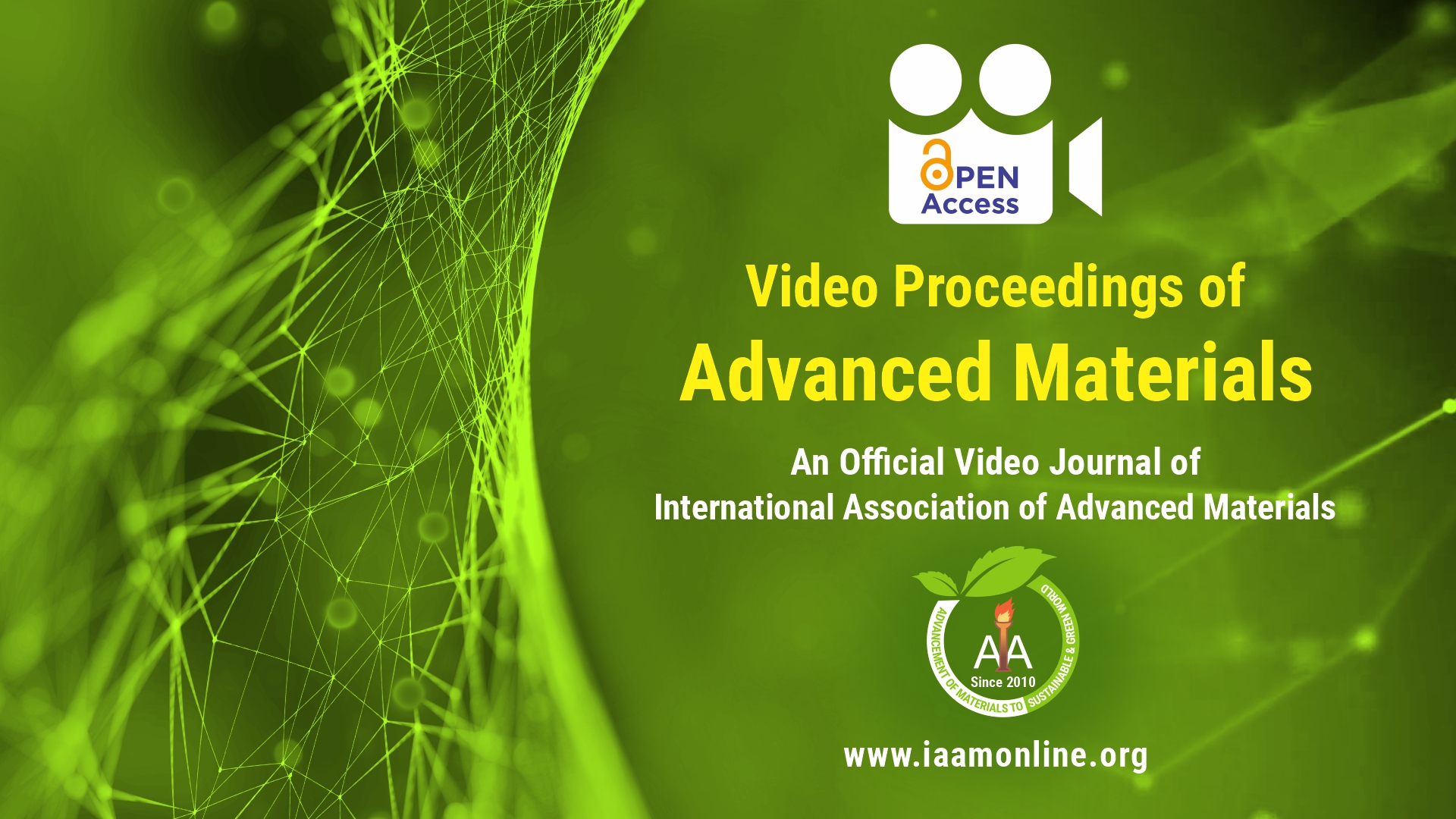Video Article Open Access
Metaphotonics and Metasurfaces Empowered by Mie Resonances
Yuri Kivshar 1,2
1Nonlinear Physics Center, Australian National University, Australia
2ITMO University, St. Petersburg, Russia
Vid. Proc. Adv. Mater., Volume 2, Article ID 2108208 (2021)
DOI: 10.5185/vpoam.2021.08208
Publication Date (Web): 21 Aug 2021
Copyright © IAAM
Abstract
Metamaterials were initially suggested for the realization of negative-index media, and later they became a paradigm for engineering electromagnetic space and controlling propagation of waves. However, applications of metamaterials in optics are limited due to inherent losses in metals employed for the realization of artificial optical magnetism. Recently, we observe the emergence of a new field of all-dielectric resonant metaphotonics aiming at the manipulation of strong optically-induced electric and magnetic Mie-type resonances in dielectric nanostructures with high refractive index. Unique advantages of dielectric resonant nanostructures over their metallic counterparts are low dissipative losses and the enhancement of both electric and magnetic fields that provide competitive alternatives for some problems in plasmonics including optical nanoantennas, biosensors, active metasurfaces, and metadevices. This talk will highlight some recent advances in all-dielectric Mie-resonant metaphotonics including active and nonlinear nanophotonics as well as the recently emerged fields of topological photonics.
Biography
Yuri Kivshar received PhD in 1984 in Kharkov (Ukraine). From 1988 to 1993 he visited and worked at several research centers in the USA and Europe, and in 1993 he moved to Australia where he established Nonlinear Physics Center. His research interests include nonlinear physics, metamaterials, and nanophotonics. He is Fellow of the Australian Academy of Science, OSA, APS, SPIE, and IOP. He received several international awards including Pnevmatikos Prize in Nonlinear Science (Greece), Lyle Medal (Australia), Lebedev Medal (Russia), The State Prize in Science and Technology (Ukraine), Harrie Massey Medal (UK), Humboldt Research Award (Germany), and 2020 SPIE Mozi Award (USA).
Video Proceedings of Advanced Materials

Upcoming Congress



